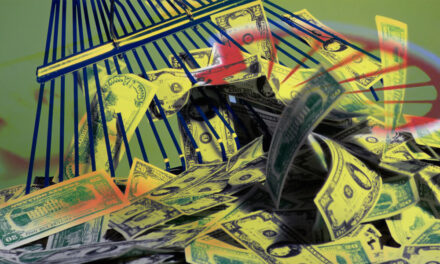Spot gold was up by 0.7%, settling at $1,801.96 in New York as trading closed on August 11th, and was up by 1.5% by the end of the week. Meanwhile, bullion scheduled for delivery in December was up by 0.5%, settling at $1,815.50 on the Comex.
That said, gold assets went in for a fourth consecutive week of gains. Market professionals have earmarked it as a sign that soaring inflation is finally being tempered. A possible reduction of tightening measures on the part of the US Federal Reserve is seen as one of the factors that have kept the price of bullion stable at around $1,800 per ounce.
This rally is, so far, the longest stretch of weekly gains noted for gold in nearly a year.
Since a record low last month prompted by concerns regarding a global recession and increasing tension between the US and China over Taiwan, gold has rebounded by over 6%. Its gains have likewise been propelled by recent declines in the value of the dollar against other global currencies.
The news came in the wake of recent reports noting how inflation in the country was going down to more manageable levels. In this case, the Fed is expected to be less hawkish.
Mitigating Circumstances
According to Bart Malek, lead commodity strategist for TD Securities, the recent rally may have been influenced by short covering. This is likely to point to substantial selling interest. He added, however, that he and his team see gold falling slightly, seeing how prop traders continue to hold a considerable amount of complacent length.
Meanwhile, Thomas Barkin, president of Richmond Fed, believes that additional rate hikes need to be made to keep inflation at modest levels. Mary Daly of the San Francisco Fed added that, with inflation still too high, more restrictive monetary policies may be implemented come 2023.
Likewise, consumer sentiment in the United States rose to a three-month high over the past week, thanks to more sound economic and personal finance forecasts.
However, recent swaps being made before the Fed’s September meeting may yet sway the central bank to push for another half-point or 75 base point rate hike in the near future.
But while the price of gold rallies and inflation starts to cool down in the United States, other nations are still struggling to keep their economies in check. This is expected to push the Fed and its foreign counterparts to keep pressure on gold by increasing rates commensurately.














